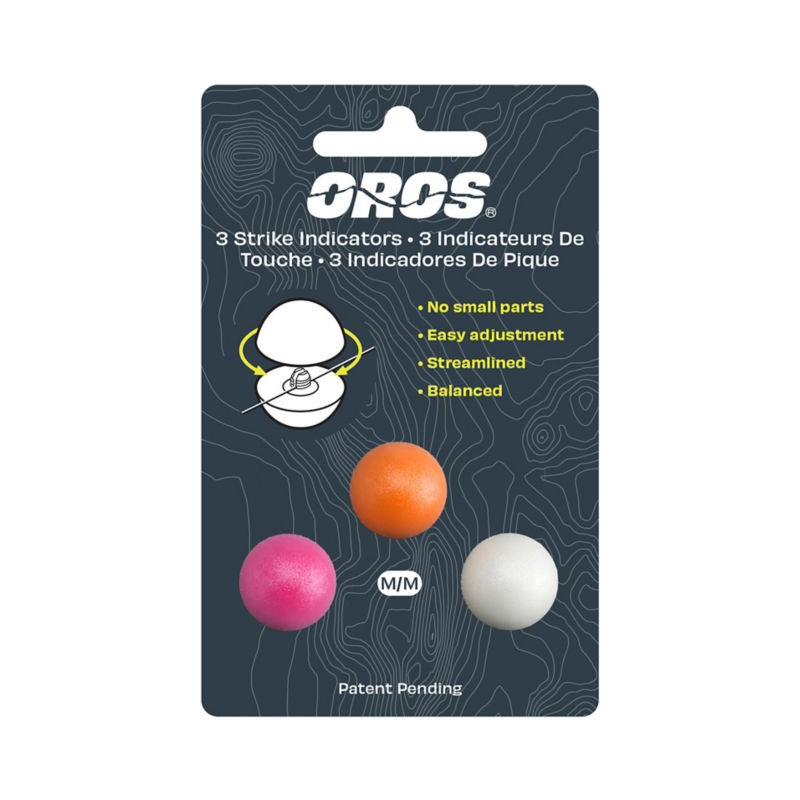falcon
Well-known member
That is the F model with the tip that collapses.
Nice outfit and fish, but I'd see a dermatologist about that skin condition on your face. Or is that some sort of new high tech camo?Finally got out today. first time fly fishing. water was pretty rough on delaware, spent about 5 hours casting. tried different things. caught a bunch of sunnies with nymph. i did use strike indicator when i was fishing with nymph, cause the hook was getting caught on the damn rocks and i was loosing them.
View attachment 1641231935
Good for you!Finally got out today. first time fly fishing. water was pretty rough on delaware, spent about 5 hours casting. tried different things. caught a bunch of sunnies with nymph. i did use strike indicator when i was fishing with nymph, cause the hook was getting caught on the damn rocks and i was loosing them.
View attachment 1641231935
I've met his kind before..... We have another member with the same condition.... Ain't that right? @lars
I've always said that if you could develop some sort of futuristic camo that would effectively project your background to the front of you, and no IR signature, you could own the world. One of these days we'll probably find out that DARPA has developed something like it, if they haven't already.I've met his kind before..... We have another member with the same condition.... Ain't that right? @lars
Actually they kind of do have that.I've always said that if you could develop some sort of futuristic camo that would effectively project your background to the front of you, and no IR signature, you could own the world. One of these days we'll probably find out that DARPA has developed something like it, if they haven't already.
That's one of the aspects I like with indicator style. The indicator can provide lift to the flies and ensure they don't get caught up in the rocks. This helps sometimes, mostly it works against you. I do need to work on tight-lining as I am not proficient with it. Just a good skill to have and there are certainly circumstances where I would like to implement such a tactic. I just have a hard time working a tight-line rig and enjoy casting out my indicator rig and watching the strike indicator go downstream, anticipating the strike. I like casting and managing line and I also like how easy the indicator is to spot.i did use strike indicator when i was fishing with nymph, cause the hook was getting caught on the damn rocks and i was loosing them.
(Darth Sidious voice): "goooooodddd"i can see myself spin fishing less and less.
What model did you get?

That 9ft 6wt should be a good all-rounder for you for larger bodies of water. (Obviously) it will be a bit clunkier on smaller water. I'm getting the Clearwater 9'6" today to add for "testing". On a 9ft 6 inch 6wt kick now (preparing for my upcoming fall steelhead trip).
As for those Oros indicators, I do like them but I find them to be a bit heavy with a tendency to really splash hard. Interesting enough, because they are a bit denser than other indicators they are not as wind resistant as other indicators, so they cast pretty good. The screw down halves are cool as you can center the indicator on your leader. This can aid in avoiding tangles but I am proficient enough with indi style to avoid tangles in general. I will say these indicators aren't made for smaller diameter leaders and I've had some of them lock up on me and they can be hard to twist with wet hands in rain (I have poor finger strength).
I have switched over to the Orvis "Corqs style indicators, with a preference for the 5/8" and 1/2" sizes. I even like the 1 inch and 3/8, and will use them on occasion, but the 5/8 and 1/2 are the ones I typically use for visibility and floating capability. I use the neon colored ones and they are very easy to spot. I have found that these indicators float the best for me (they seem super buoyant) and they land a little more delicately than the Oros.
I won't tell ya what indicators to use, if you like the Oros then stick with them, but these are what I've come to like in 6 years of experimenting with indicators, always trying to find that perfect one.
Unless you are trying to suspend a nymph at a certain depth and due to the size of the nymph and/or because it's weighted you need a large(r) indicator...
...use the smallest size you can.
The only hard indicators I use are the Lightning Strike footballs and I use the smallest size almost exclusively. It will still splash but not as much as a larger hard indicator.
Even if they get pulled under a few inches, as long as I can see them they are doing their job.
In regards to yarn, it works great but it will add an element of wind resistance so again, use a smaller rather than larger piece.
Dear noob,
If you do use yarn adding some fly flotant to it can really help. Depending on the yarn you use and how much you use not only can it add wind resistance it can also add weight if it gets soggy. Dressing it with fly flotant will help that.
Regards,
Tim Murphy 🙂
Dear noob,yup, just added loon fly dip in amazon cart.
i have way too many hobbies, guess some of my other weird hobbies stuff are going on a yard sale 😂
